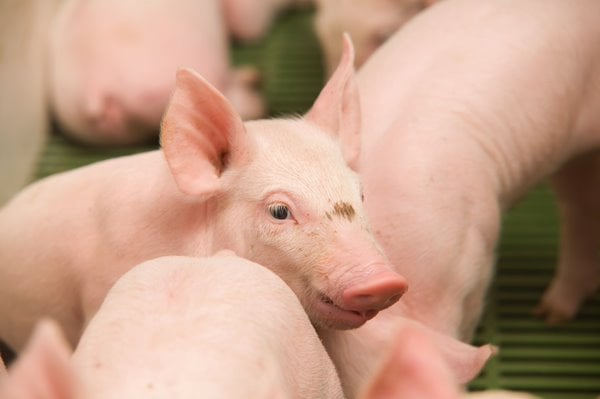In the dynamic landscape of pig farming, adaptation is key. Since the very beginning, European pig producers have embraced a journey of innovation and sustainability, which has put us at the forefront of welfare and environmental regulations. But let's be clear—this isn't about bans or limitations; it's about progress and evolution.
Reflecting on the last three to four decades, we have collectively learnt invaluable lessons on how to produce more and be more efficient. As time passed, the focus shifted to other areas, such as animal welfare, antibiotics, Zinc oxide, and carbon footprint reduction. As pioneers in sustainable farming, European pig producers have always risen to the challenge, recognising that reducing the use of certain products doesn’t mean compromising performance or animal welfare.
Through a collaborative effort with researchers, nutritionists, and industry experts, European pig producers have explored alternative strategies to support piglet health and growth. We've unlocked many possibilities from fine-tuning nutrition (protein reduction to levels below 16%) and optimizing management practices (increasing temperature, cleaning, and disinfection) to embracing innovative feed additives. It is always the dream to find one solution product or component that will help in reducing post-weaning diarrhoea, we kind of had that with Zinc oxide, which had multiple functions, unfortunately, we haven’t yet found one product that will replace it with all of its functions, but we have several products that could target each of them.
| Desirable functions | Alternatives |
|
Antimicrobial effects |
Probiotics, organic acids and essential oils |
|
Improved intestinal morphology |
Butyrate |
|
Anti-inflammatory effect and activation of immune system |
Immunomodulators |

But enough with the alternatives, we will focus on each individual group in the next articles where on top looking at the different options on each group we would like to share some experiences and lessons learnt from the Europe and abroad on reducing post weaning diarrhoea. Let’s start today with an example in UK in collaboration with Writtle University college and presented at ESPHM 2023.
Farm located in the UK semi-commercial trial facility:
The trial's objective was to compare a diet that included probiotics, encapsulated organic acids, and immunomodulators against a positive control with zinc. The main reason why a positive control was used is because a second part of the objective was to find a combination that would benchmark the best product on the market, although it cannot be used anymore.
Probiotic (Pro)– Bacillus sp. PB6 to promote and maintain the natural positive gut flora and minimize the risk posed by Clostridia.
Encapsulated Organic Acids (EOA)- Encapsulated organic acids with proven mode of action against E.Coli
Immunomodulator (IMM)- beta-(1,3)- glucan to help modulate the damages caused by inflammation and stress cause after weaning
Diets fed were as follow:
Table 1
|
Group |
Diet 1 – 14 days post weaning |
Diet 2 – day 43 to 70 post weaning) |
|
Positive Control |
Basal diet (2,500 PPM Zn) |
Basal diet |
|
Treatment |
Basal diet +200g/t (IMM) + 1kg/t (Pro) + 2kg/t (EOA) |
Basal diet +200g/t (IMM) + 500g/t (Pro) |
Figure 1 Weight at 28d (weaning) and 70d (end of trial)
Table 2 Average daily gain for different time periods
|
ADG (g/day) |
Positive Control |
Treatment |
Difference |
Sed |
P value |
|
28-42 d |
329 |
318 |
-18 |
9.73 |
NS |
|
28-56 d |
416 |
428 |
+12 |
7.67 |
NS |
|
28-70 d |
490 |
512 |
+22 |
7.3 |
P=0.003 |
|
42-56 d |
503 |
538 |
+35 |
14.07 |
P=0.013 |
|
42-70 d |
560 |
608 |
+48 |
9.69 |
P<0.001 |
|
56-70 d |
636 |
678 |
+42 |
14.89 |
P=0.006 |
If we consider the worst-case scenario that the lower ADG, which was 22g/day, remains from day 28 (weaning) until day 130 (Slaughter), we will get an extra 2.25kg at slaughter or roughly 2.5 days less to market. At current market prices, the new solution will break even by selling 0.2kg extra per pig or rearing them 1/3 of a day faster. Just focusing on performance up to day 70 can have a return on investment of 1:5!
To sum up, a combination similar to the one described is worth considering! If you want to know more about similar alternatives, contact us!
© Kemin Industries, Inc. and its group of companies 2025 all rights reserved. ® ™ Trademarks of Kemin Industries, Inc., USA
Certain statements may not be applicable in all geographical regions. Product labeling and associated claims may differ based upon government requirements.